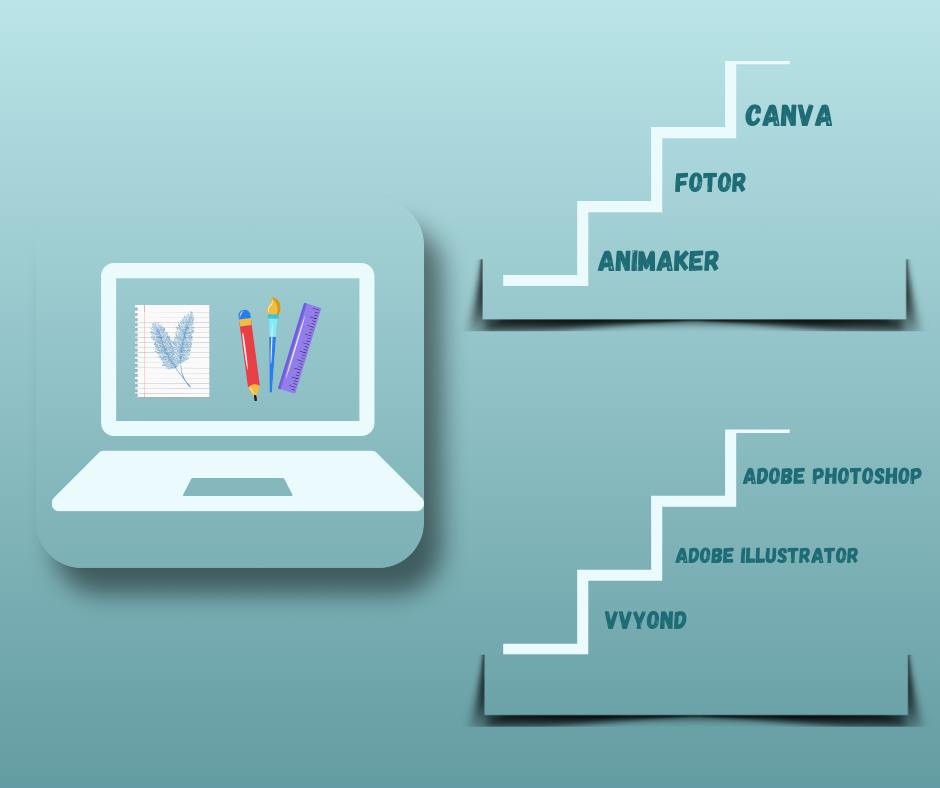Key Principles for Achieving Effective Visual Design
In the world of visual design, creating an impactful and appealing design requires consideration of several key principles. Applying these principles helps convey the appropriate message and elicit a positive response from the target audience. In this article, we will review five key principles for achieving effective visual design.
.webp)
Key Principles for Achieving Effective Visual Design
Creating impactful visuals is a process aimed at producing attractive and powerful designs that reflect the intended identity and message. To achieve effective visual design, there are five main principles that should be taken into consideration.
1- Purpose:
Clearly define the purpose of the visual design. Is it for marketing a product or service? Is it to provide specific information? Knowing the ultimate goal allows you to direct all aspects of the design towards achieving that objective.
2- Target Audience:
Understand who the visual is being designed for. Are they young people, adults, men, women, students, or professionals? You need to understand the needs and preferences of the target audience and tailor your design accordingly.
3- Adherence to Design Principles:
Recognize and apply fundamental design principles such as balance, contrast, repetition, and sequence. By implementing these principles, you can create a strong and harmonious visual impact.
4- Use of Appropriate Colours and Fonts:
Selecting suitable colours and fonts is crucial in effective visual design. Choose colours that align with the brand identity and convey the desired emotion. Additionally, use fonts that are easy to read and complement the overall design style.
5- Interaction and Visual Impact:
Achieve an effective visual design by adding interaction and visual effects to your visuals. Look for ways to make the design stand out and engage the audience, such as using motion and visual effects.

The Importance of Visual Design in Our Modern Era
1- Communication:
Visual design helps us communicate more effectively. Images and graphics can convey information and ideas faster and more easily than words alone.
2- Impact:
Visual design can have a powerful effect on our emotions and behaviour. It can make us feel happy, sad, angry, or inspired. It can persuade us to buy a product or support a cause.
3- Differentiation:
Visual design can help companies and brands stand out from the competition. It can create a strong visual identity that attracts customers and makes them remember you.
4- Aesthetics:
Visual design can make the world around us more beautiful. It can add a touch of creativity and elegance to our daily lives.

How Visual Design Can Help You Achieve Your Goals
1- Attract Attention:
In an increasingly visually cluttered world, visual design can help you capture your audience's attention. Attractive colours, images, and graphics can be used to make your message stand out from the crowd.
2- Effectively Convey Information:
A picture is worth a thousand words. Visual design can help you communicate your message more effectively by using images, graphics, and infographics. This can also help your audience understand your information faster and more easily.
3- Evoke Emotions:
Visual design can evoke emotions and create emotional responses in your audience. Colours, images, and graphics can be used to create feelings of happiness, sadness, anger, or inspiration. This can help influence your audience's behaviour and motivate them to take action.
4- Build Trust:
Professional visual design can help you build trust with your audience. It can show that you are an organized, serious, and reliable entity that cares about providing a high-quality experience.
5- Increasing Sales:
Attractive visual design can help you increase sales. It can make your products and services more appealing to consumers. This can help raise brand awareness and improve sales conversions.

Tips for Creating Impactful Visual Designs
1- Identify Your Audience:
It's important to identify your audience before you start creating any visual content. This will help you understand their needs and preferences. What are they interested in? What motivates them? Once you understand your audience, you can begin to create visual content that speaks to them.
2- Define Your Goal:
What do you want to achieve with your visual design? Do you want to evoke emotions? Convey information? Or simply attract attention? Once you define your goal, you can start creating content designed to achieve it.
3- Keep Your Design Simple:
Avoid clutter and confusion. Focus on the core elements of your message. This will help your audience understand your message more easily.
4- Use Colours, Images, and Graphics Effectively:
Colours, images, and graphics can have a significant impact on the effectiveness of your visual design. Make sure to use them effectively to convey your message and capture your audience's attention.
5- Test Your Design:
It is important to test your design with your target audience before publishing it. This will help you ensure that it is effective and easy to understand. Ask people to comment on your design and whether it clearly conveys your message.

Tools and Software to Help You Create Visual Designs
1- Free Tools:
Canva: Easy to use, various templates.
Fotor: Photo editing, filters, and effects.
Animaker: Animation and impactful clips.
2- Paid Tools:
Adobe Photoshop: Photo editing and design.
Adobe Illustrator: Vector graphics.
Vyond: Animation.
Conclusion
Creating an impactful visual design requires focusing on these key principles, but it’s important to remember that they are not rigid and fixed rules. Each design needs flexibility and creativity to meet the needs of the audience and the context in which it operates.



